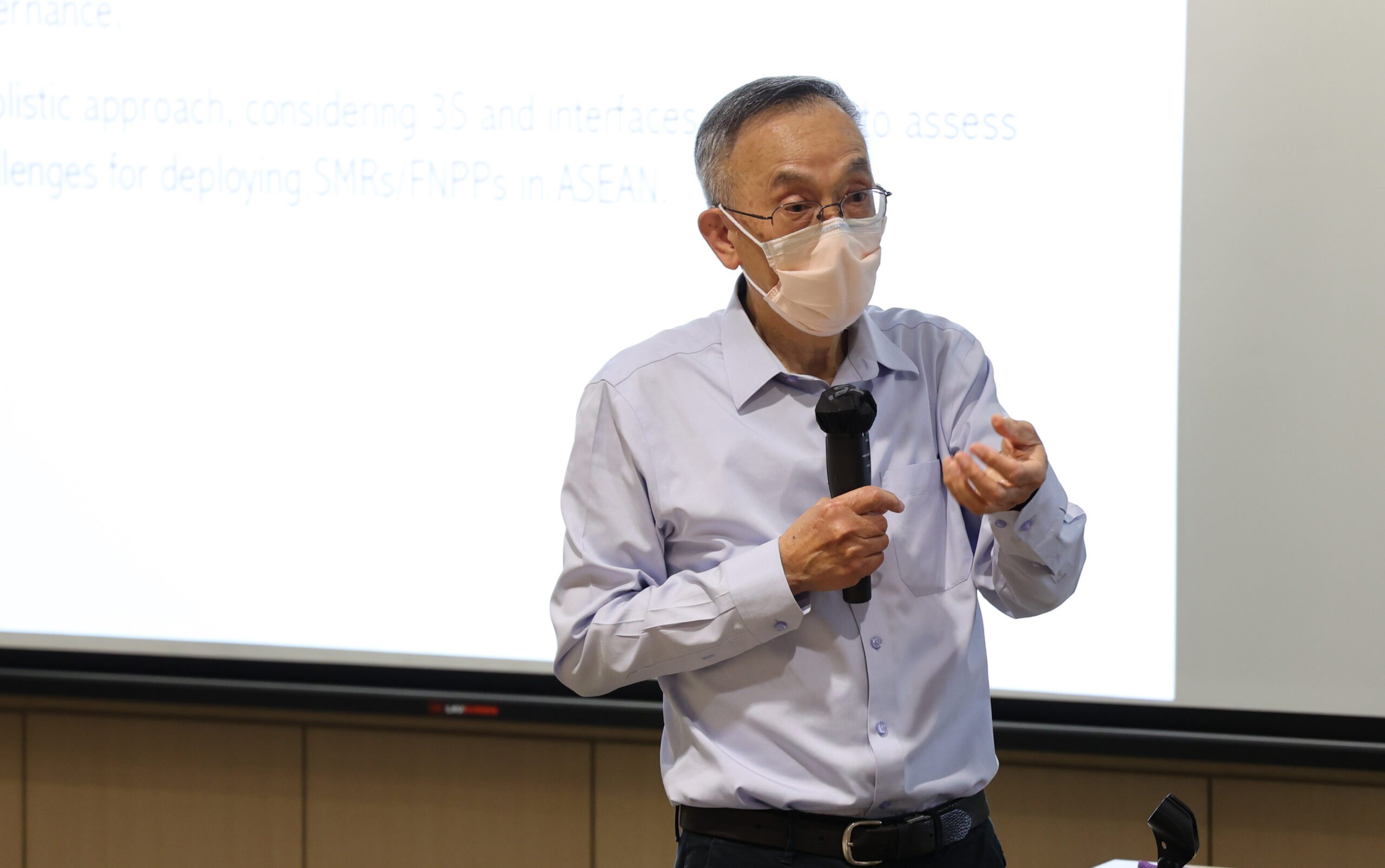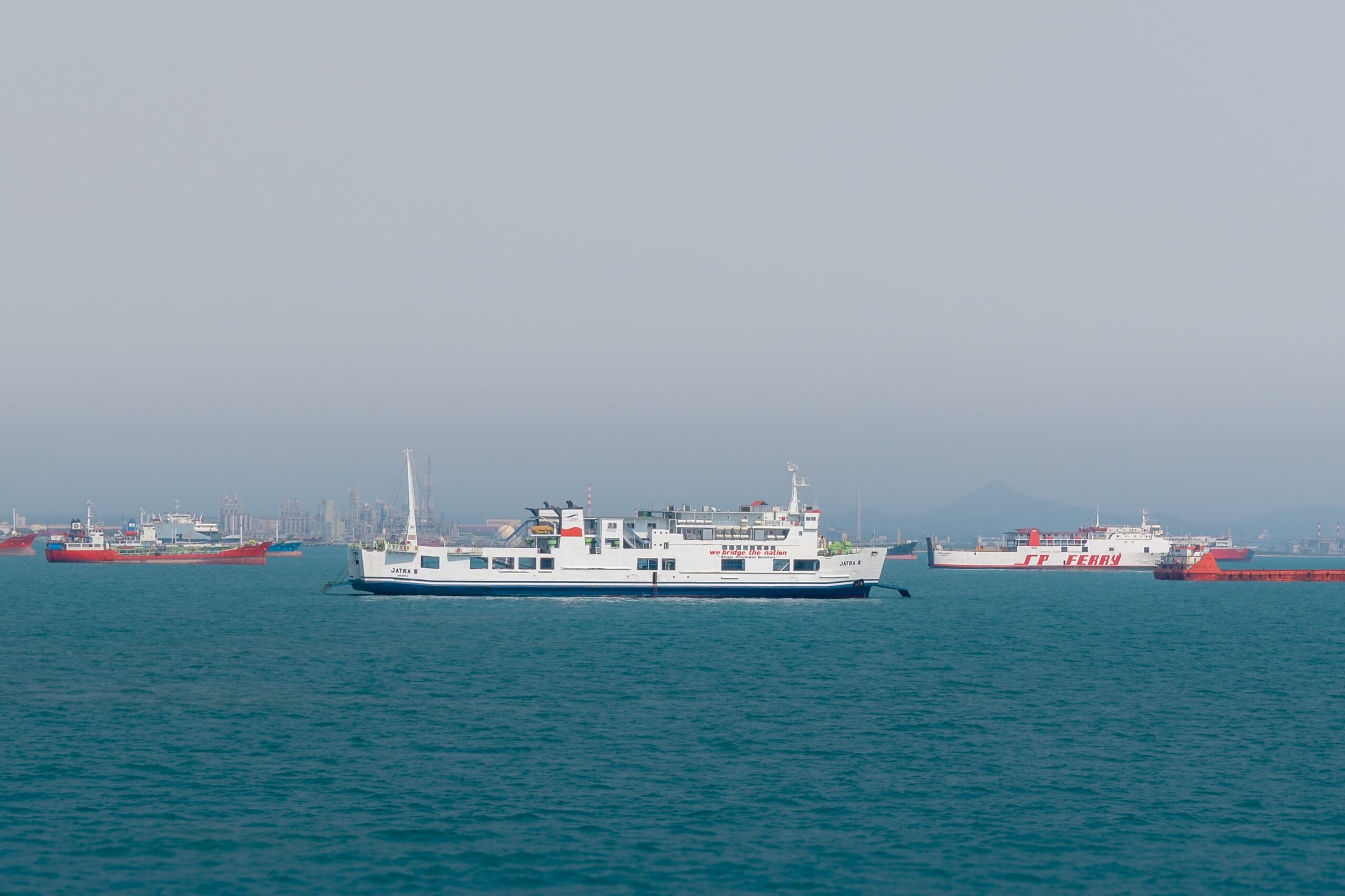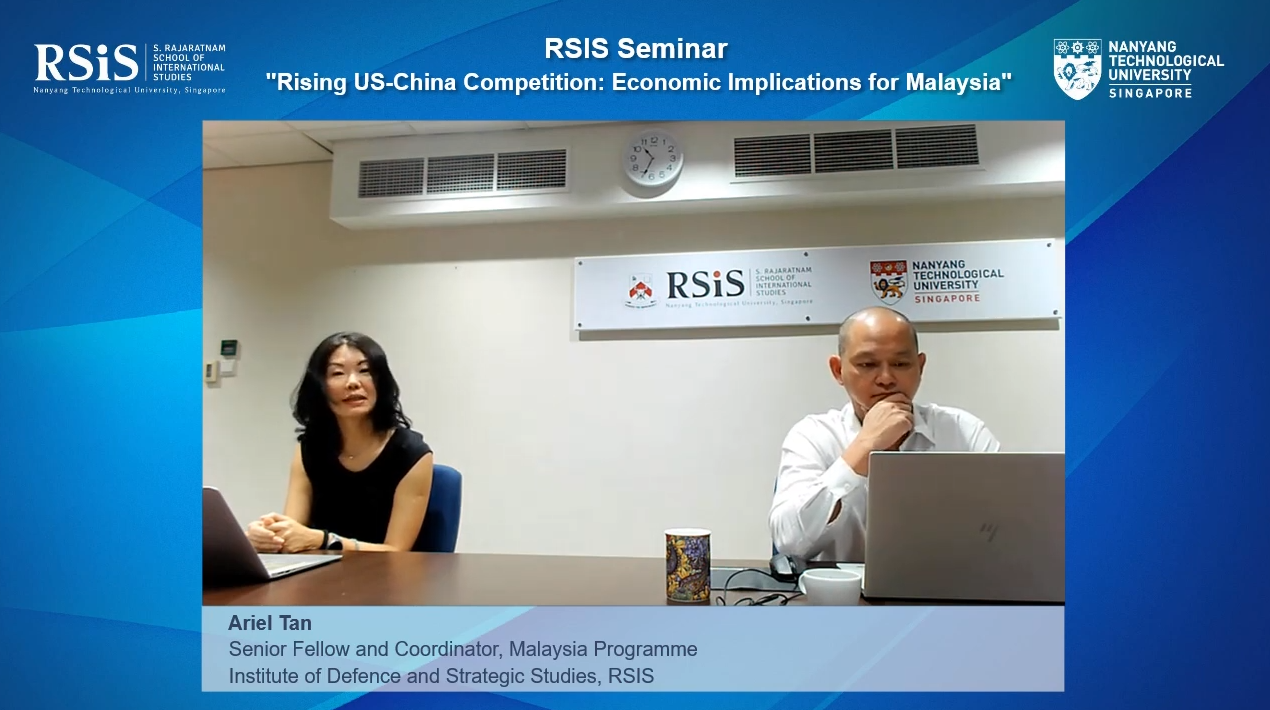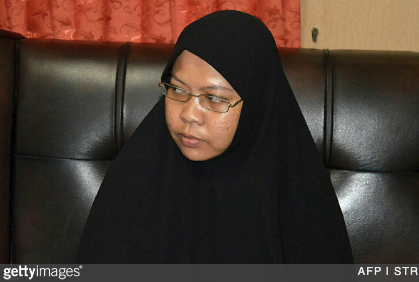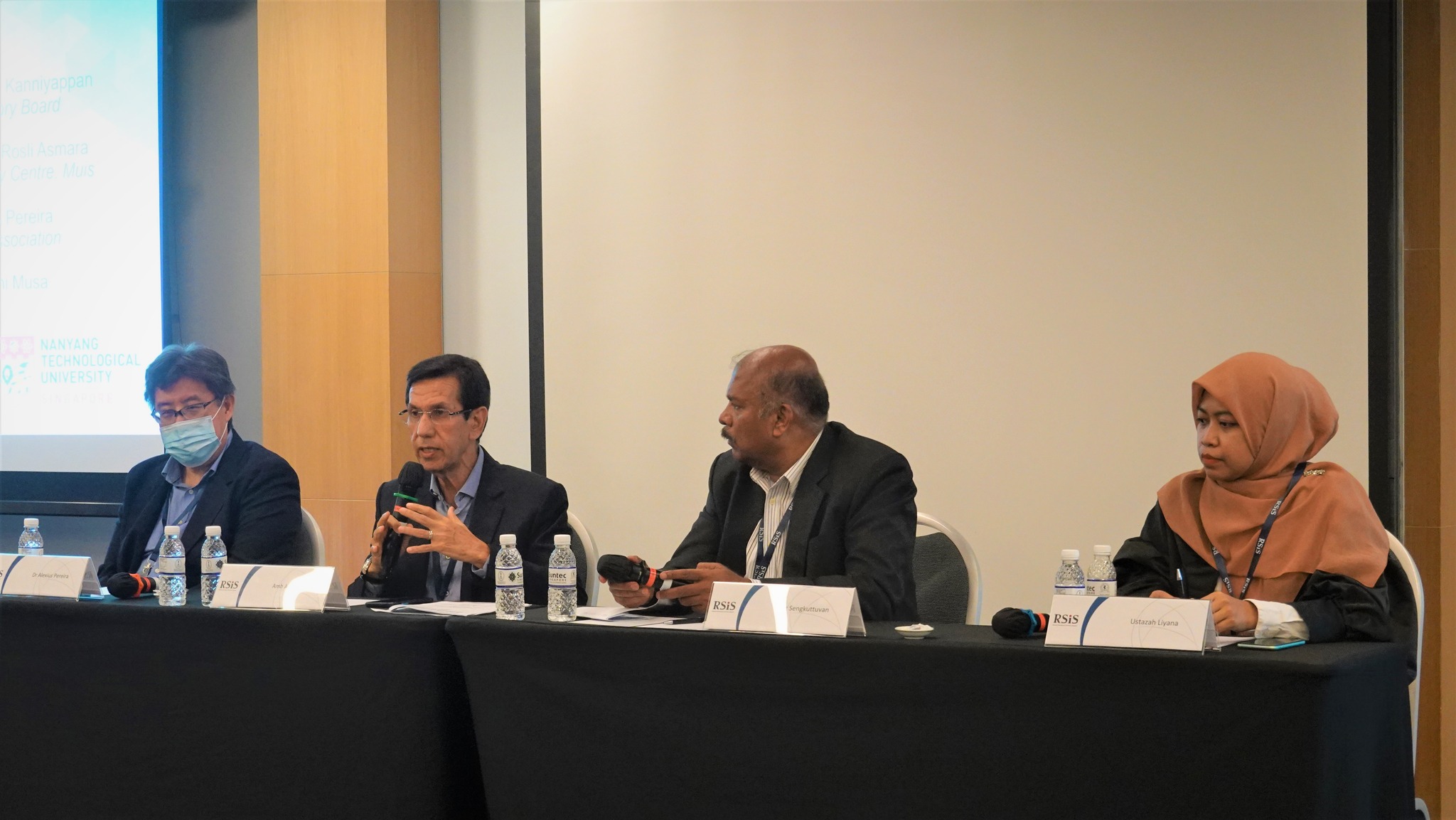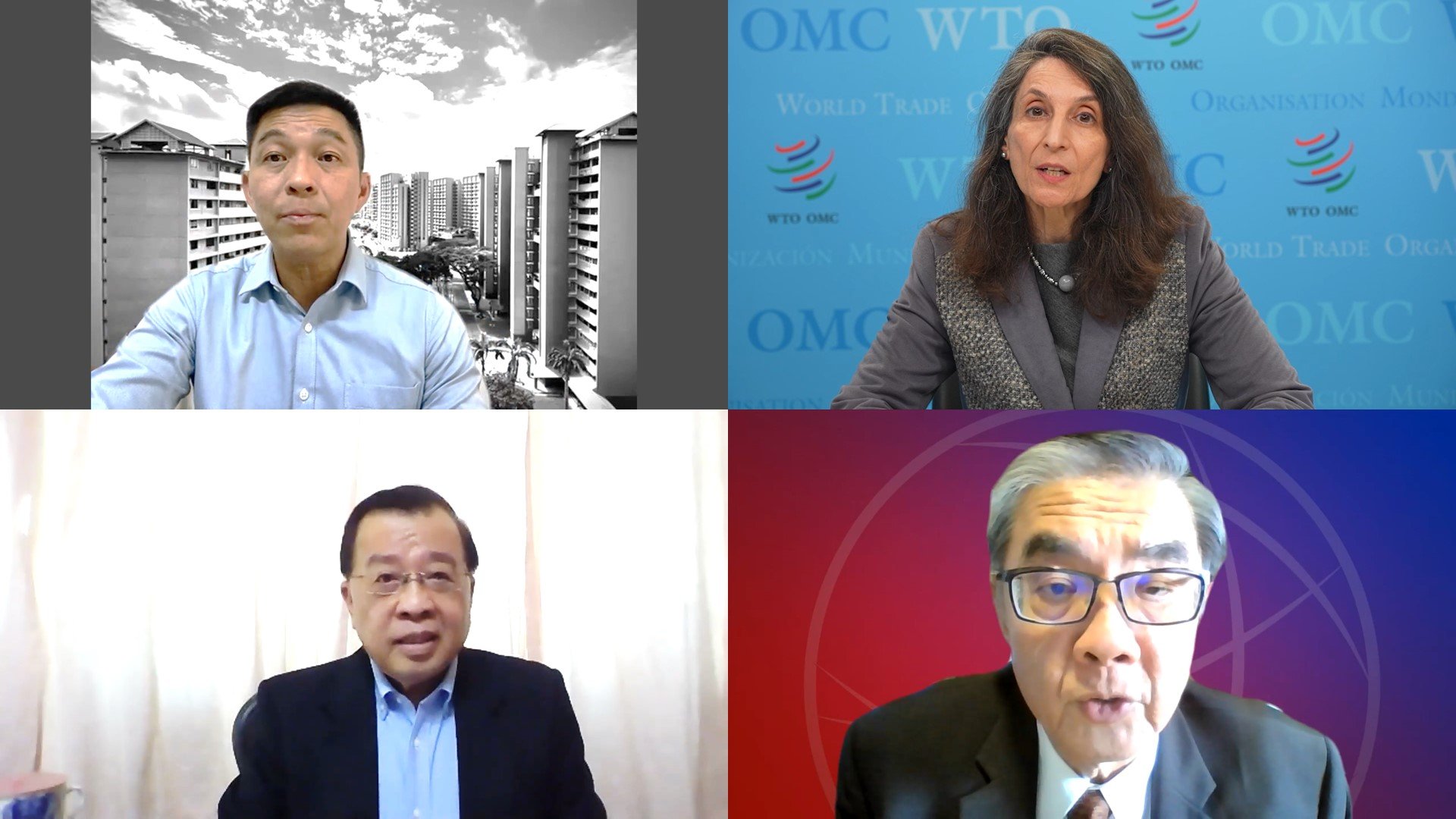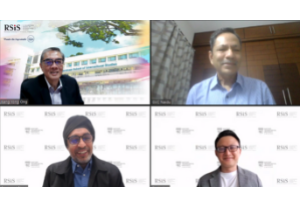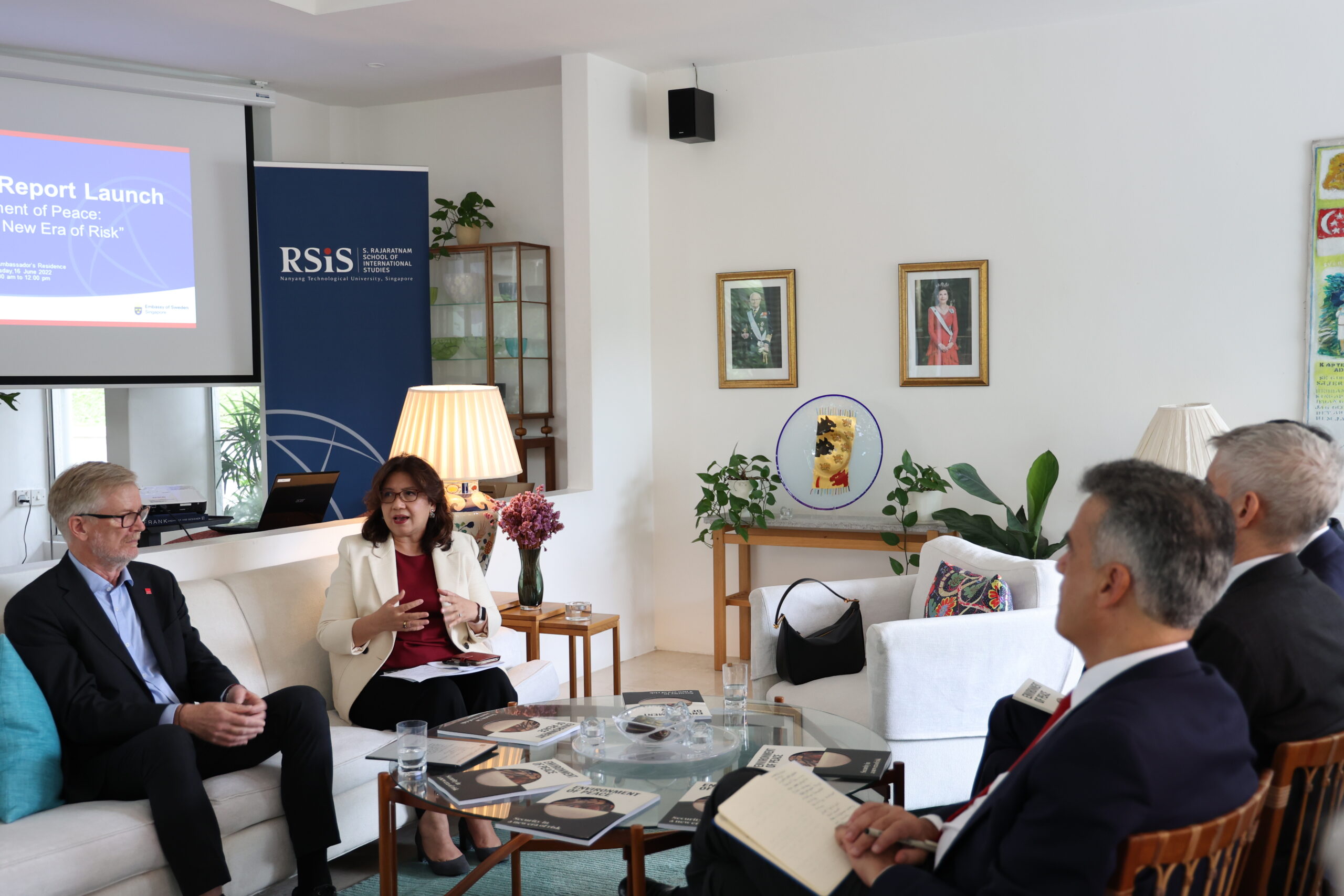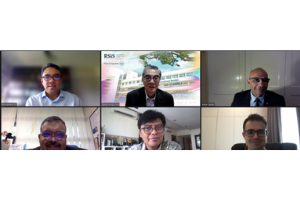
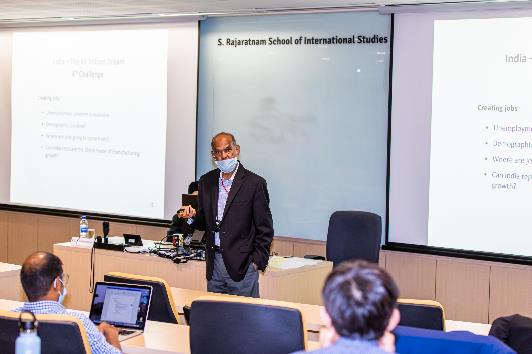
On 24 June 2022, the South Asia Programme of the Institute for Defence and Strategic Studies, RSIS, hosted Dr Duvvuri Subbarao, former Governor of the Reserve Bank of India and former Finance Secretary to the Government of India. Dr Subbarao spoke at a seminar on “India – the $5 Trillion Dream: Challenges and Opportunities”.
Dr Subbarao began by providing an overview of the Indian economy. With a GDP of close to $3 trillion, a burgeoning middle class, and home to major multinational companies, India looked to be an economy with immense potential. In 2019, India was the fifth largest economy in the world. However, by other accounts, India is far from the economic dynamo it seeks to be. India is a poor country – the poorest in the G20 and BRICS – and by some estimates, houses more poor people than the entire continent of Africa.
In 2019, Prime Minister Narendra Modi set a target of $5 trillion GDP by 2025. The Indian economy, however, has huge structural challenges which it must overcome if it were to achieve this goal. Dr Subbarao highlighted eight critical challenges. First, the Indian government needs to increase investment to improve India’s inadequate physical and social infrastructure. Second, their government needs to undertake measures to improve productivity. This includes building a skilled workforce and reducing transaction costs for companies doing business in India. The third challenge is improving the poor state of education and healthcare in India. India’s primary healthcare system is severely lacking with wide gaps in its coverage. The state of education is similarly worrisome. India has improved the rates of enrolment and retention among students. However, rates of achievement continue to remain low, thus hindering innovation.
Creating employment opportunities is the fourth challenge facing the Indian economy. Nearly 12 million people join the labour force every year. India needs to expand its manufacturing sector to meet this demand. Schemes like the Production Linked Incentives (PLI) are a step in the right direction. Fifth, their government needs to increase productivity within the agricultural sector as it continues to employ nearly 50 per cent of the Indian population. Sixth, there is a need to maintain broad macroeconomic stability. This includes managing inflation, fiscal policy, and exchange rate stability among other economic indicators.
Being able to foresee and manage the effects of global trends like emerging global bipolarity and deglobalisation, technological change leading to shifting comparative advantages, and climate change is India’s seventh challenge. Lastly, India needs to improve governance mechanisms within the state to effectively leverage economic opportunities.
Following the presentation, Dr Subbarao engaged in a question and answer session with the audience present, covering topics like agricultural sector reforms, divergence in economic performance of states, growing trade deficit with China, and the differences in China’s and India’s approach to economic governance.



